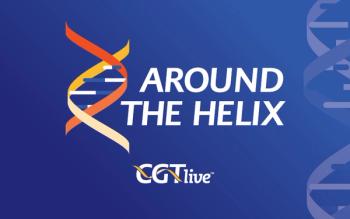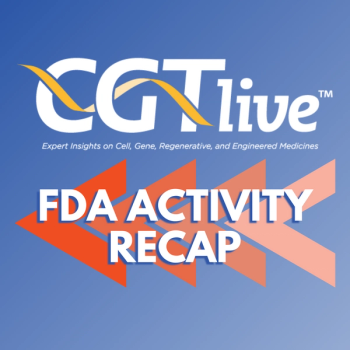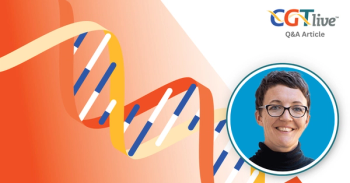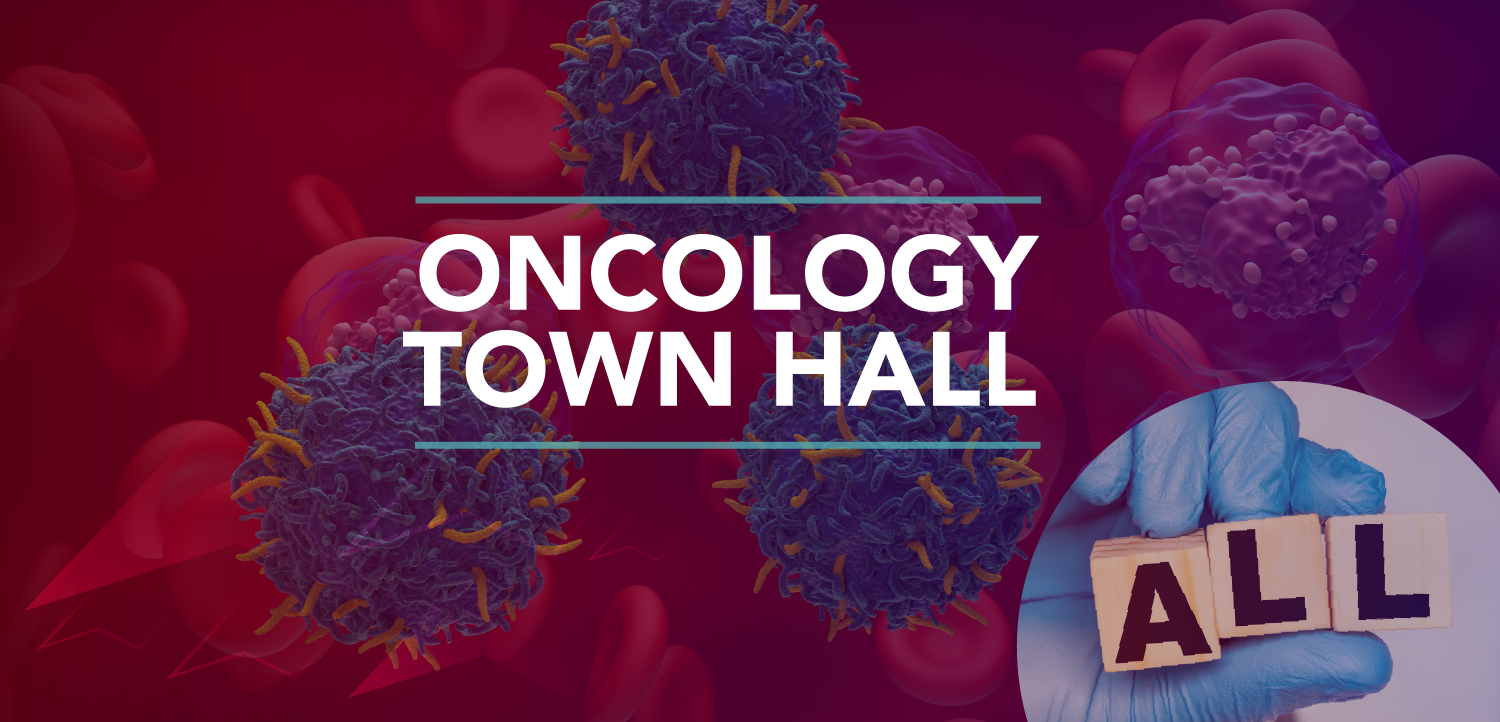
IL-2 Appears to Enhance Effects of Antiretroviral Therapy
BETHESDA, Md-The addition of interleukin-2 (IL-2) to standard anti-retroviral therapy significantly improved CD4 cell response in HIV-infected patients, reported Richard T. Davey Jr, MD, of the National Institute of Allergy and Infectious Diseases.
BETHESDA, MdThe addition of interleukin-2 (IL-2) to standard anti-retroviral therapy significantly improved CD4 cell response in HIV-infected patients, reported Richard T. Davey Jr, MD, of the National Institute of Allergy and Infectious Diseases.
This randomized, controlled multi-center trial, conducted from April 1996 through April 1998, included 78 adult outpatients with HIV and baseline CD4 cell counts of 200 to 500 × 106/L and baseline HIV-1 RNA levels of fewer than 10,000 copies/mL. Patients were randomized to receive subcutaneous IL-2, given in 5-day courses every 8 weeks at a starting dosage of 7.5 mIU twice daily plus antiretroviral therapy or antiretroviral therapy alone.
At 1 year, patients who received IL-2 had a mean percentage increase in CD4 cell counts of 112%, compared with 18% for the group receiving antiretroviral therapy alone (P < .001). CD4 cell percen-tages rose from a mean of 20% to 32% in the combination therapy group and from 20% to 23% in the group receiving antiretroviral therapy only (P < .001).
Of 30 evaluable patients receiving IL-2, 20 (67%) achieved a final viral load of fewer than 50 copies/mL, compared with 13 (36%) of 36 control patients (P = .02) (JAMA 284:183-189, 2000).
Toxic effects were common among patients who received IL-2, the researchers said, and were managed with anti-pyretics, hydration, rest, and dosage reduction as needed.
Clinical endpoint trials will be necessary to determine whether the enhanced viral suppression and CD4 cell increases associated with IL-2 therapy will translate into improved clinical outcomes, the researchers said.
Newsletter
Stay at the forefront of cutting-edge science with CGT—your direct line to expert insights, breakthrough data, and real-time coverage of the latest advancements in cell and gene therapy.

























